A new study from the USDA Forest Service, Drexel University, and the University of North Carolina provides further evidence of the beneficial effect of trees on well-being (as if we didn’t already know). It shows that people with limited access to trees have higher rates of cardiovascular disease.
On a totally empirical level, we’ve found it to be true. Walking among the trees in the park across the way, totally cools us out. We’ve also found comfort in the sculptural logs, branches and slices we’ve hauled home to put around out space.
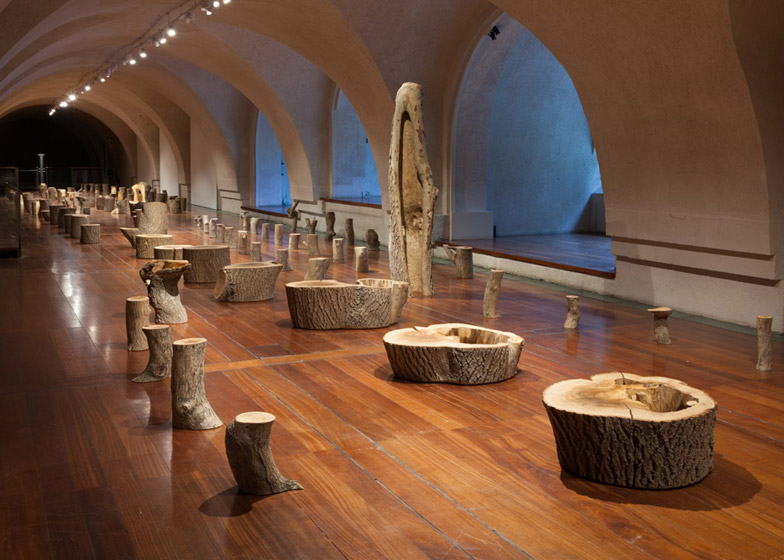
British designer and sculptor Max Lamb seems to agree. He recently created a powerful installation of 131 tree parts hewn from an 187-year-old ailing ash tree that was on his grandfather’s farm. Lamb cut, dried, sanded and oiled the parts, which are all beautiful and highly evocative.
“The idea is to bring a little piece of this nature into the home, and leave as much to the voice of the material as possible.”
Many of Lamb’s tree parts are utilitarian and can be used as stools/chairs,
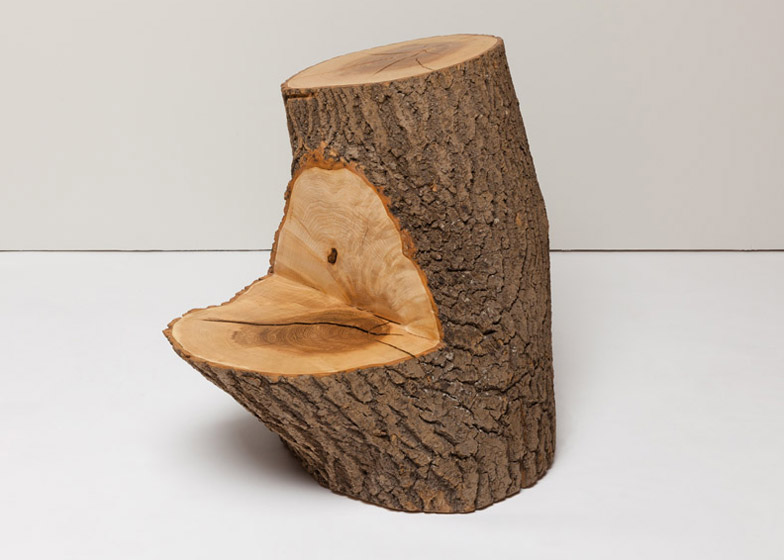
…displays…

…tables…
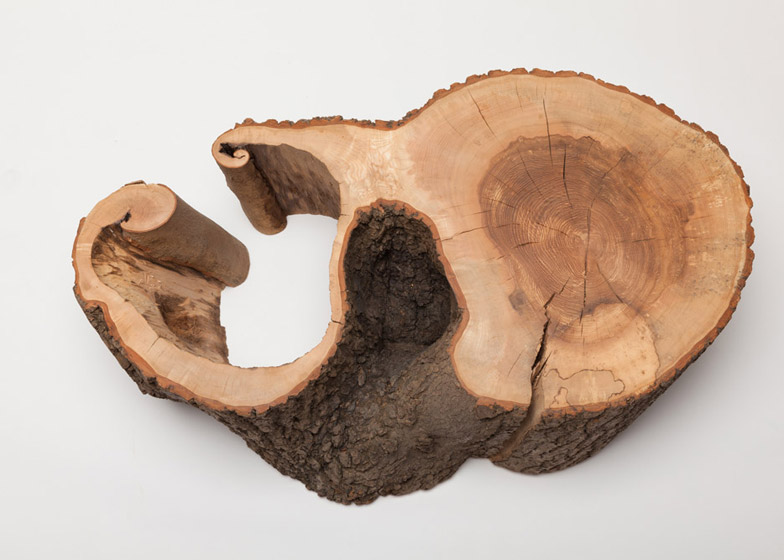
…and of course, sculptures unto themselves…
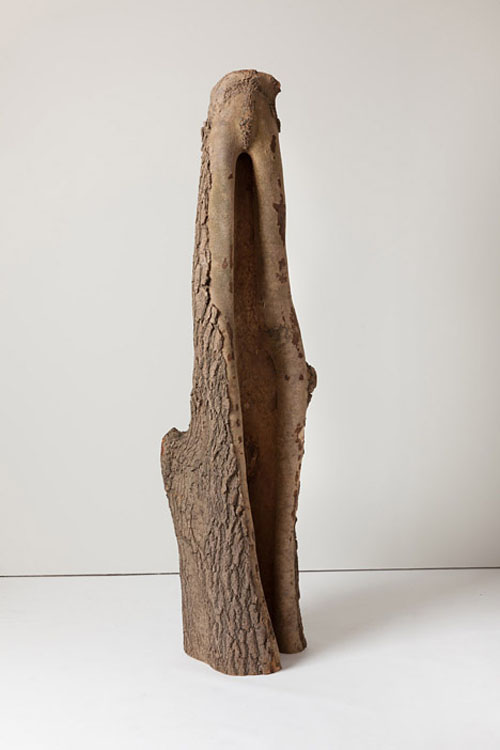
…Each piece reveals its history in its rings.
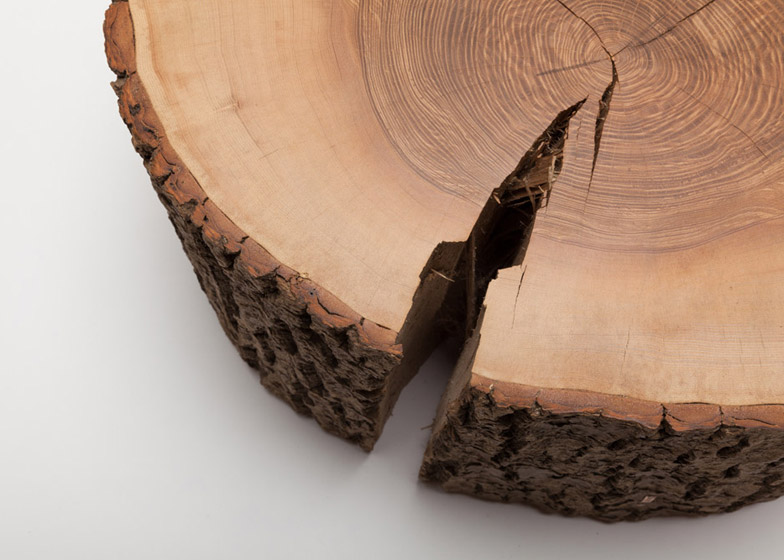
You don’t have to be a fine craftsman like Lamb to tranform found tree parts into objects of wonder and illumination. Here are some examples.
And it usually takes just a shift of orientation, or your usual route to work or the store, to work some living trees into your day, and heart. We like to keep in mind Yoko Ono’s instruction from her book Acorn:
Watch a hundred-year-old tree breathe.
Thank the tree in your mind for showing us how to grow and stay.
Tree study via Fast Company; Max Lamb Installation via Dezeen; photos by Angus Mil courtesy of Gallery FUMI.

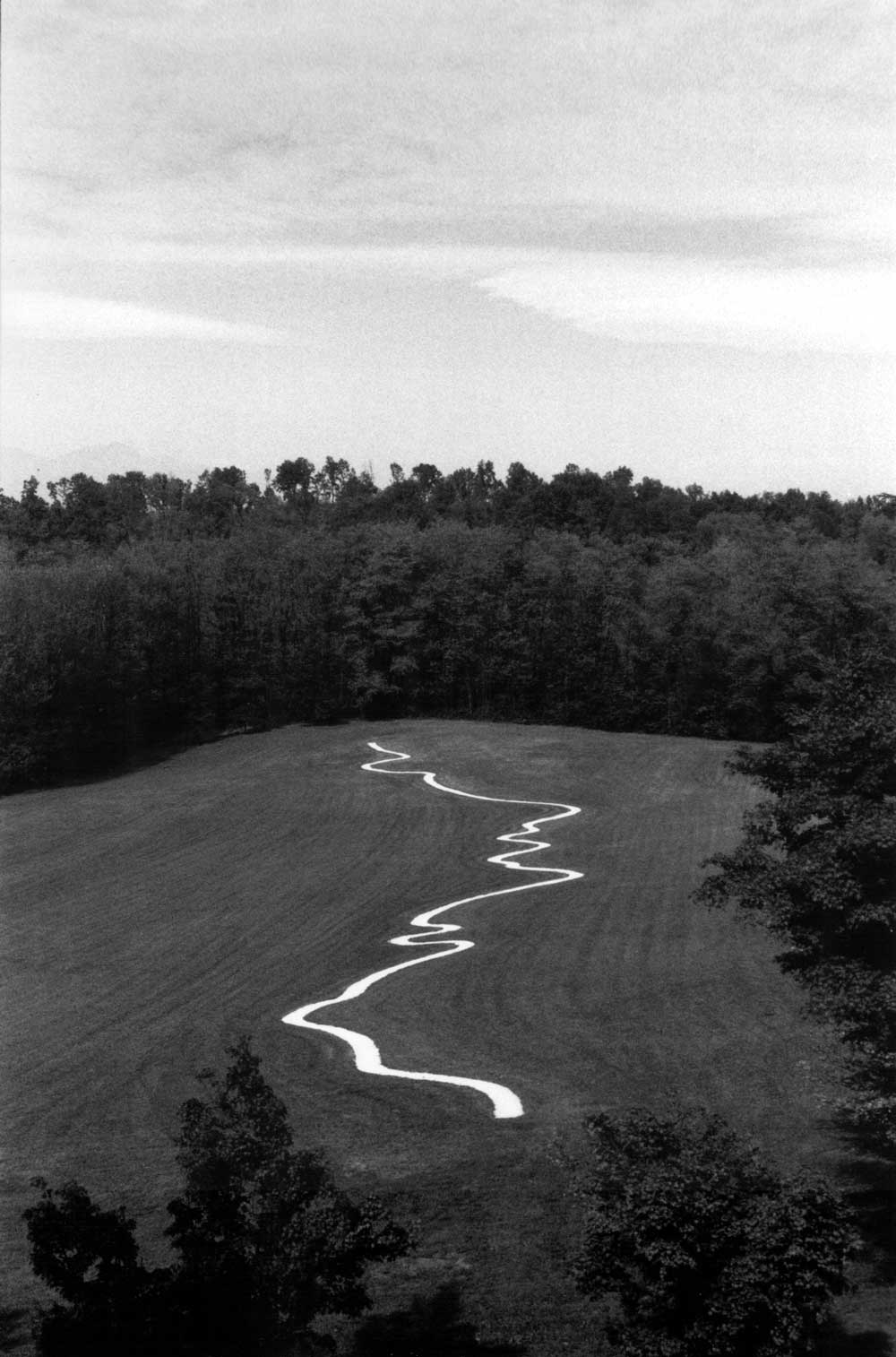

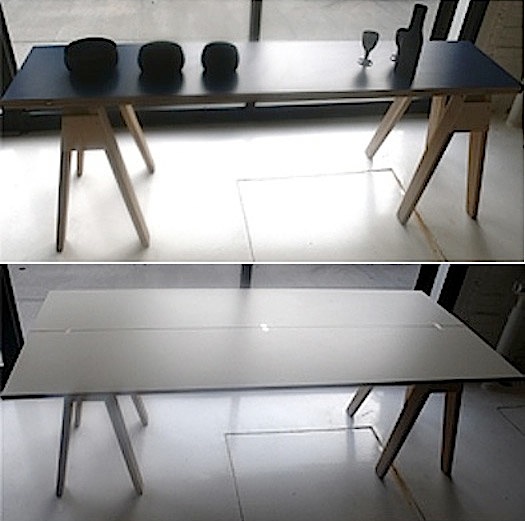
Did you hear about this – http://treehouseblog.com/2015/08/the-unexpected-skills-of-the-trees/ ?